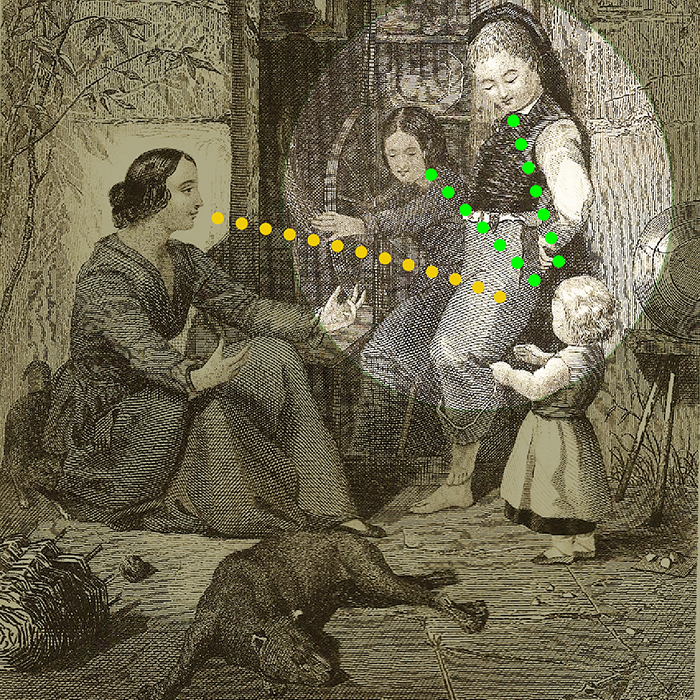In our society, the so-called traditional family consists of a woman and a man who conceive a child. The mother brings them into the world, and both raise the infant. But this is only one representation of a family. The reality is much more complex and diverse:

The family has the functions of upbringing and education towards its children, regardless of how the family’s constitution. It must be able to provide the child with a climate of affection that facilitates the establishment of attachment relationships as a basis for security and self-affirmation.
Living in a family with a perceived environment of support and help among all family members is an essential reference point for the children who grow up in it.
This family diversity should be considered at school because otherwise, for some children, it can lead to emotional conflict as they have no reference points.
In the school context, all types of families should be included. This will make all children feel represented and help everyone be tolerant and respectful of diversity. Among the recommendations would be:
In the school context, we need to use expressions inclusive of all students, whether they come from traditional or non-traditional families. Efforts should be made to use positive language:
In schools, certain activities related to personal history are carried out. These are important from an educational point of view. We must consider the different types of families and the circumstances of the children who have been adopted or fostered. In the spirit of providing adequate care for all pupils, it is advisable to review school activities as indicated in the piece “Classic Homework Assignments”
Undertake activities that represent the different types of families, which serve to reflect on and normalise the diversity of existing families.
It is common to work with stories and films in the first and second stages of school, infant education and the first and second cycles of primary education. Existing literature is abundant, and children are still living in a world full of fantasy. Moreover, these materials bring us closer to their level of understanding.
In the second and third cycles of primary education, advertising could be beneficial in addition to literature and films as usual resources. Searching for advertisements that reflect the different family models can greatly interest pupils.
Upon reaching more advanced learning stages, such as secondary education, we can turn to documentaries, series, and statistics. These resources may deal with the evolution of the family throughout history, the roles played by men and women, and approach the family from an anthropological point of view.

The BRIGHTER FUTURE project has been funded with support from the European Commission. This publication reflects the views only of the authors, and the Commission cannot be held responsible for any use which may be made of the information contained therein.
